Gabriele Curci
Research
Il gusto di scoprire
per gioco le cose
- Pleasure to discover things by play
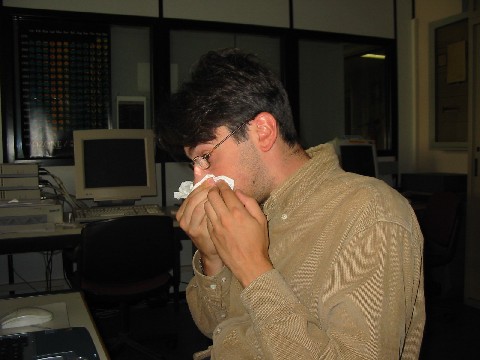
Gabriele CurciResearch
Il gusto di scoprire |

|
|
|
Atmospheric chemistry |
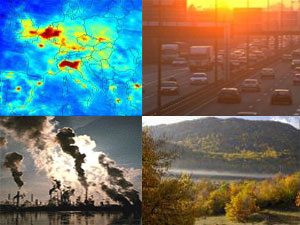 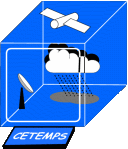
|
My main research interests are focused on atmospheric chemistry. The aim is to understand the processes that control the budgets of atmospheric gases that play a key role in the context of global climate change and regional air quality. The main tools adopted are: computer models of atmospheric processes that affect chemical species, and data from both in-situ and remote-sensing instruments. Among the latter, satellites have special importance because of the unique property of offering a coherent global view in time and space of the Earth System. I am working as researcher in the Atmospheric Physics Group at CETEMPS - U. L'Aquila, Italy, led by Prof. Guido Visconti. I also had the luck of spending six months with the Atmospheric Chemistry Modeling Group at Harvard, led by Prof. Daniel J. Jacob in 2001 when still undergraduated, and one year with the Modeling Group at LISA (Paris) on a post-doc with Dr. Matthias Beekmann in 2006-2007. |
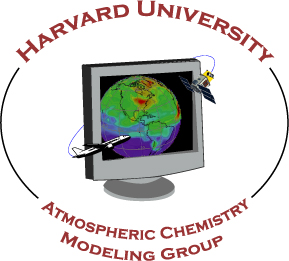
|
Tropospheric Chemistry Global ModelingDeveloping global chemistry and transport models of the troposphere is of fundamental importance in understanding the atmospheric composition, its evolution and the impact of humans on it. The chemical composition of our atmosphere plays also a key role in determining Earth's climate. I am running and developing the GEOS-CHEM model. The research lines I am currently following:
|
|
|
Regional Air-Quality ModelingEvaluation and monitoring of air quality in our cities is a very important issue for human health protection. Regional chemistry transport model are very useful tools for assessing and forecasting the chemical weather at high spatial resolution. I am running and developing the Chimere model. The research lines I am currently following:
Visit our experimental "chemical weather" web page here! |

|
QUITSAT projectQUITSAT is a project funded by the Italian Space Agency (ASI) devoted to Air Quality assessment through the fusion of observations coming from polar and geostationary satellite sensors and ground-based data collected by DOAS spectrometry, multispectral solar radiometry, lidar techniques and chemical transport modeling. My group at CETEMPS has several tasks in the project:
|
|
|
Other interests |
|
|
Weather Station & MeteoWeather station run by CETEMPS at University of L'Aquila. Complete weather data on-line and lots of picture of our wonderful city and its surroundings! Click here to go! |
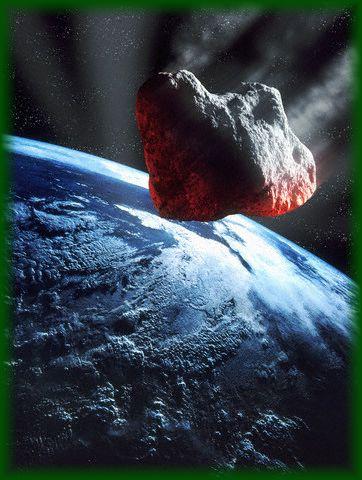
|
Large Impact EventsHow asteroids and meteorites affect the chemistry of the atmosphere colliding with the Earth? Please visit our dedicated web page here! |

|
Chaos in natural phenomenaMany natural phenomena display an irregular behaviour. Chaos theories gave us the chance to reduce some of them to low-dimensional deterministic systems. But how can we say whether if the system behind what we observe is chaotic or not? Special techniques must be developed to discern deterministic chaos from simple stochasticity in experimental time series. An introductory account of two of these techniques are given in this presentation (ppt, 800 kb). |